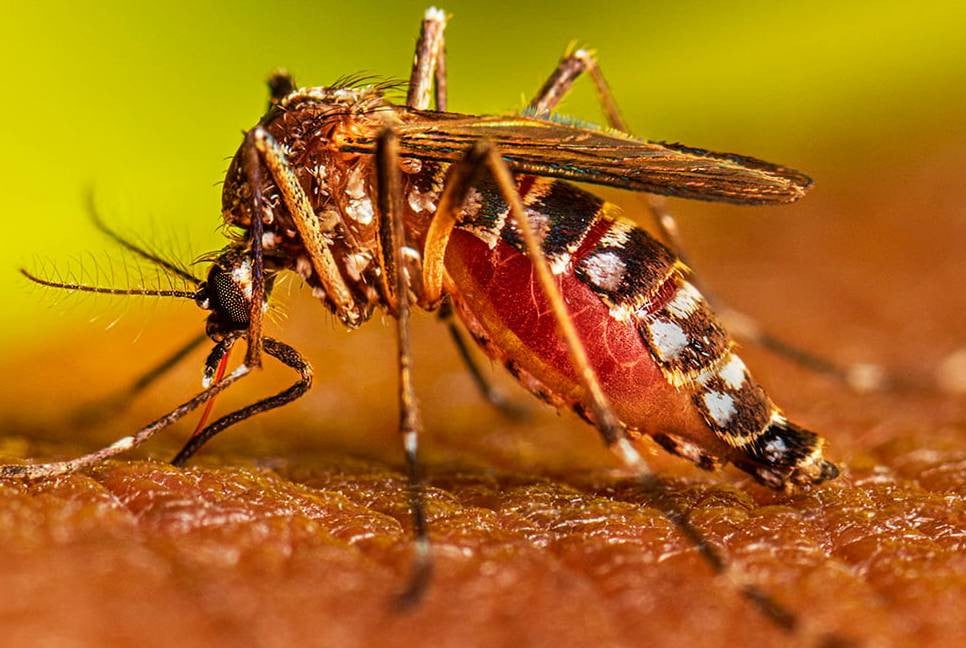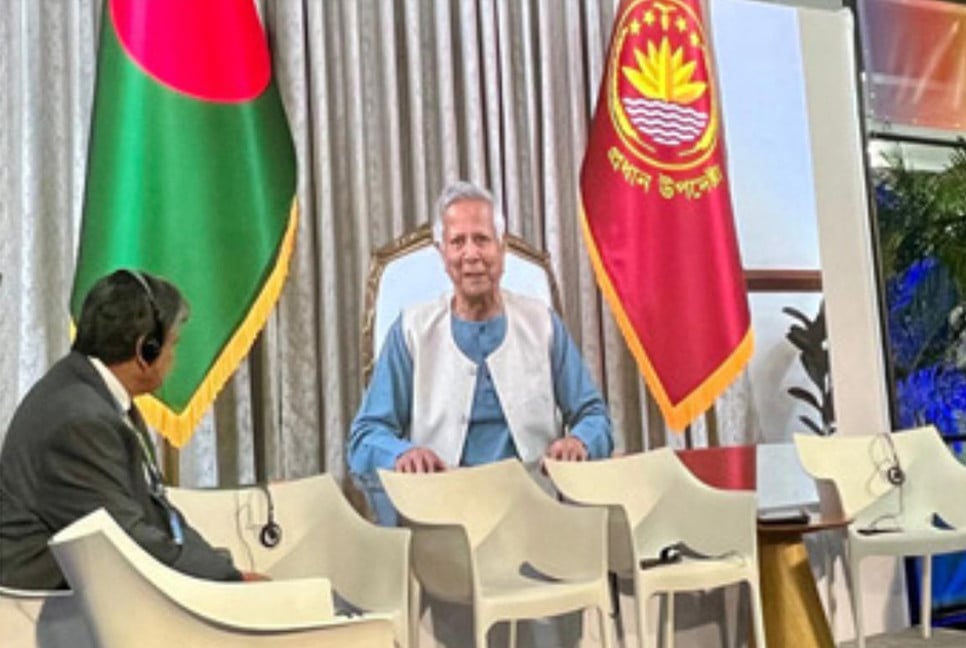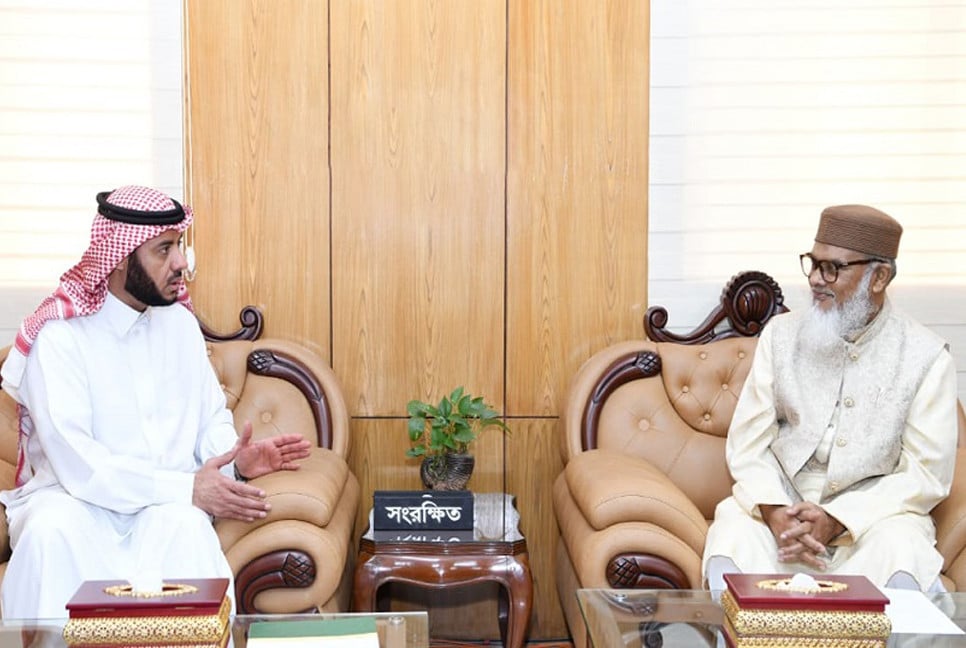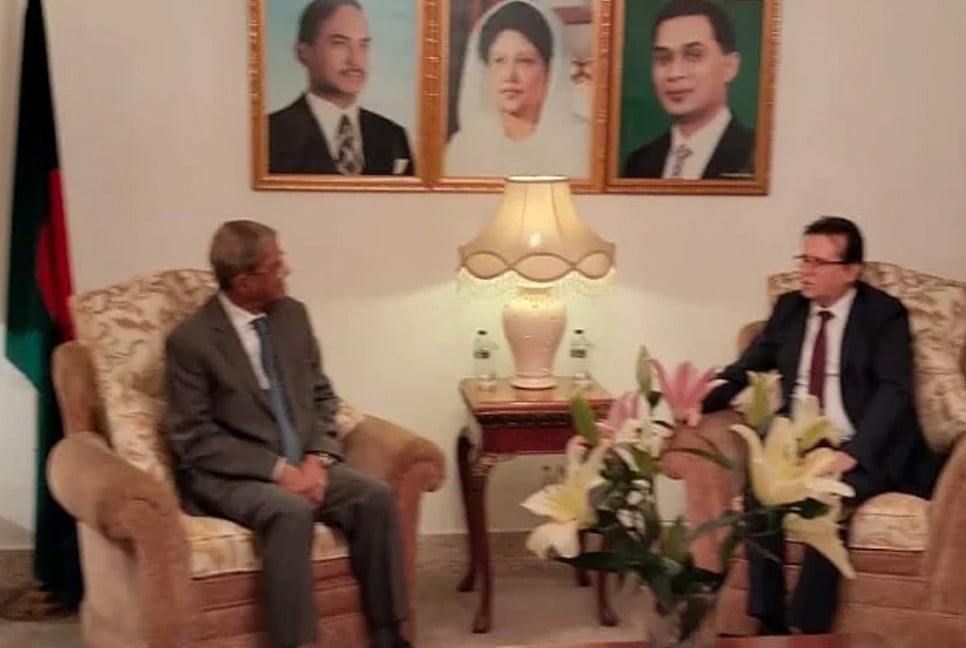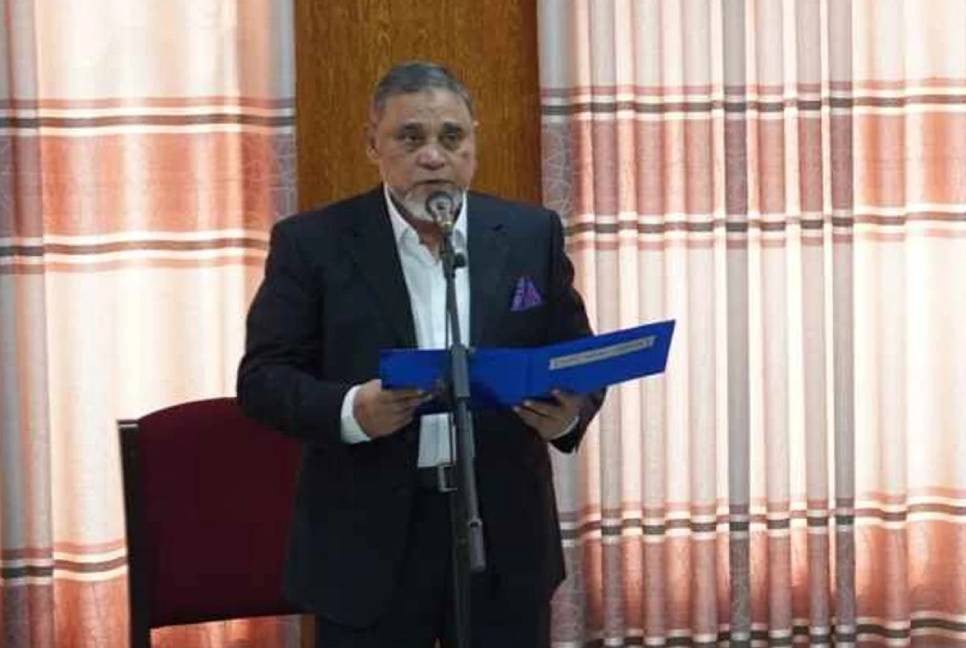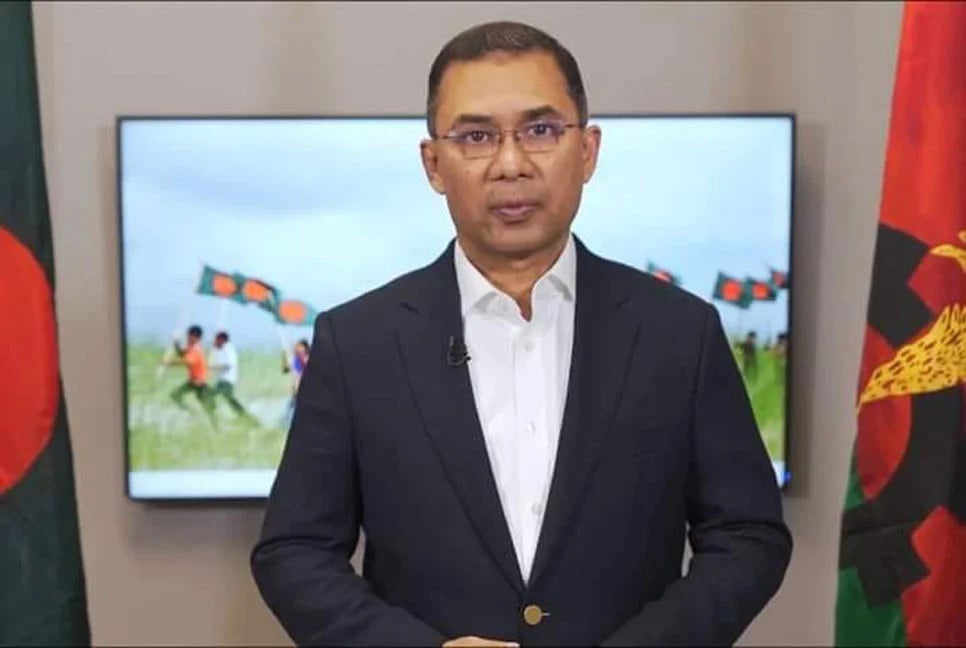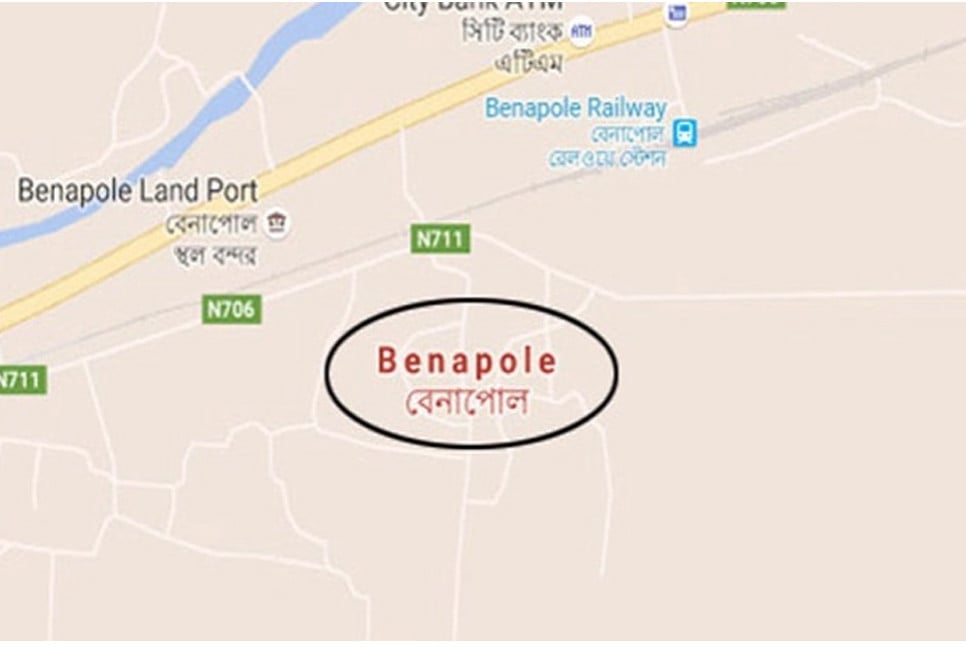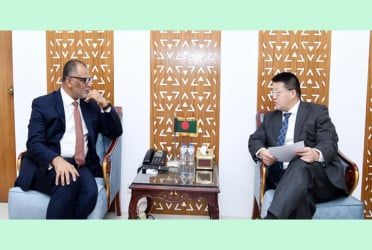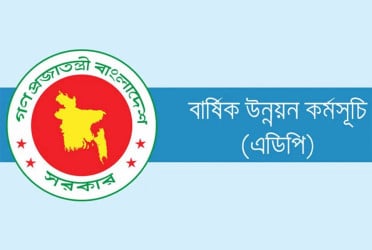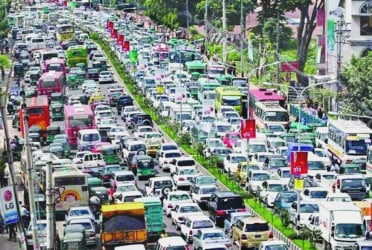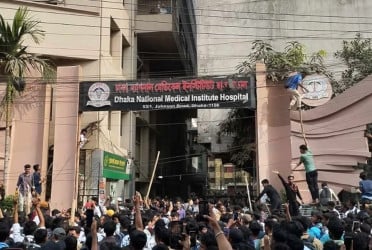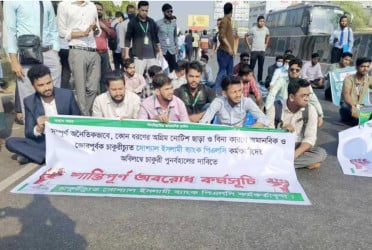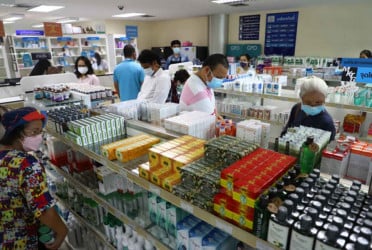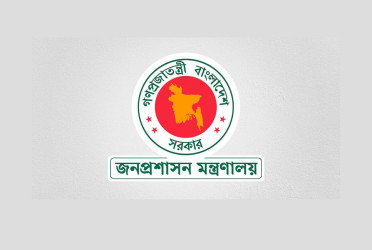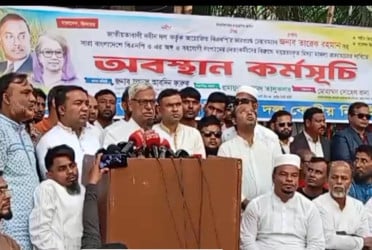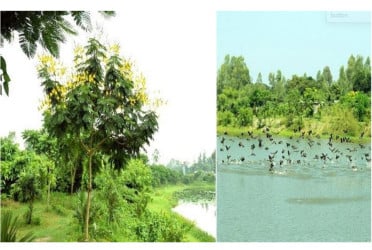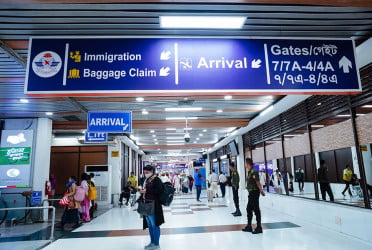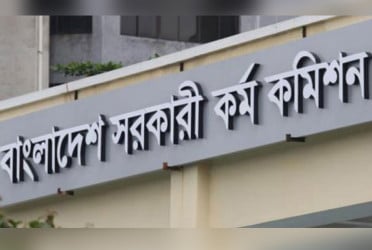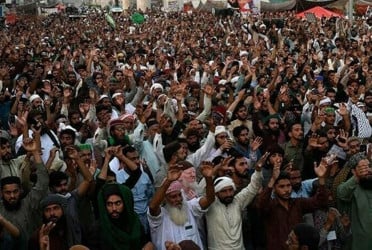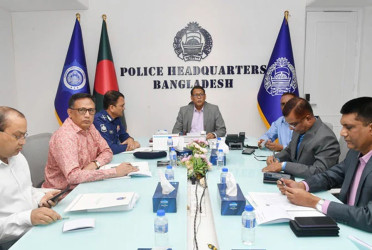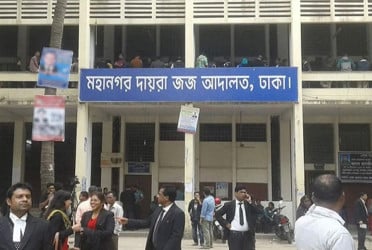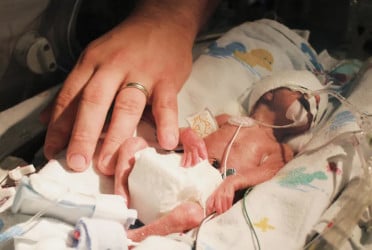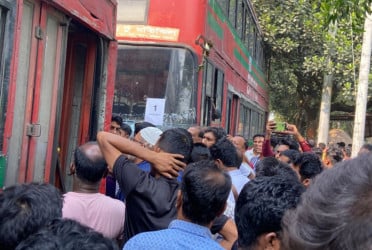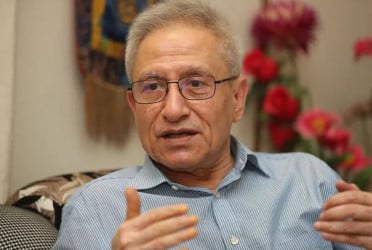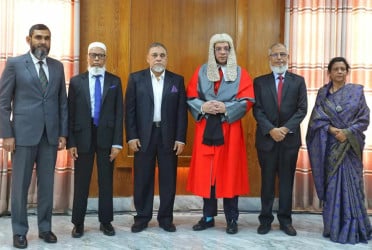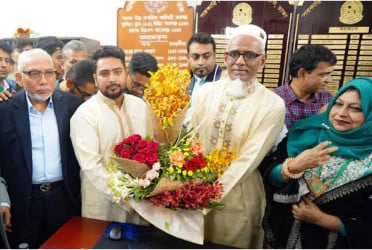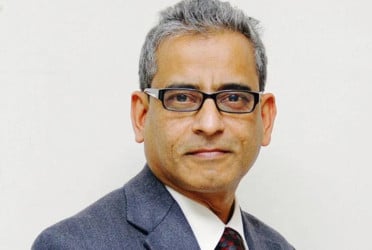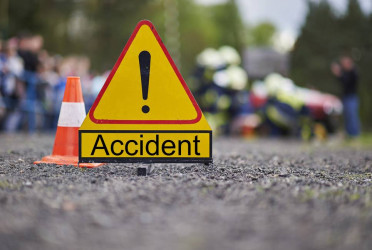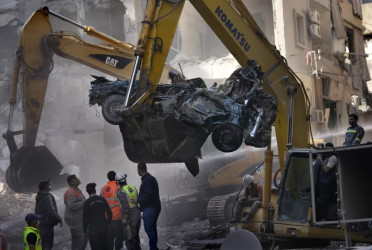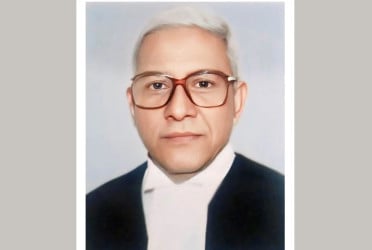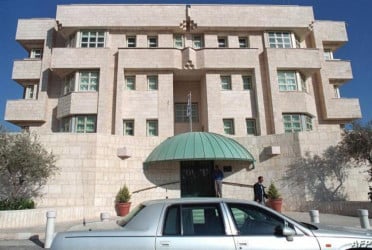10 teams under the Local Government Division (LGD) are working to control the spread of dengue as both fatality and infection rates have spiked up.
The coordination and monitoring teams were formed on September 23 at an emergency meeting of the LGD to combat the spread of dengue across the nation, reports BSS.
Of these 10 teams, four are working in the DSCC(Dhaka South City Corporation) areas, while three are working in DNCC (Dhaka North City Corporation) area. Rest of them were assigned to Narayanganj, Gazipur, and Chattogram city corporation areas.
Each team consists of seven members. Officials of the LGD with ranks of additional secretary and joint secretary were made heads of the teams.
Each team is coordinating with the chief executive officer of the concerned city corporation and municipality to visit at least three areas with high dengue prevalence and monitor dengue prevention activities daily.
The teams are implementing different activities like eliminating mosquito breeding sites, raising public awareness, conducting cleanliness drives, and eliminating larvae and mosquitoes to protect citizens from dengue infection.
Furthermore, 3,214 mosquito control workers are working in all city corporations to implement the mosquito eradication campaigns.
According to DGHS (Directorate General of Health Services), this year a total of 39,822 dengue patients were hospitalized and among them, 196 of them died.
After receiving treatment, a total number of 36,151 dengue patients have been discharged from different hospitals across the country.
According to DGHS data, the highest number of dengue cases and deaths were reported in the DSCC areas until now. In this area, 8,657 people were infected with dengue and 106 of them died.
On the other hand, DNCC is at second place when it comes to the detection of dengue patients. So far, 8,067 people have been diagnosed with dengue and 27 of them died of the disease.
The highest number of dengue cases was reported in September. A total number of 18,097 people were infected and 80 died in the month. However, in the current month(October), 8,844 people have already been infected and 33 of them died in the first nine days.
Speaking about the dengue prevalence in the DSCC area, Dr Fazle Shamsul Kabir, Chief Health Officer of DSCC, told BSS that there has been a misunderstanding regarding the number of dengue patients and deaths in the DSCC area.
“The figure of dengue patients provided by the DGHS is hospital-centric. As the largest hospitals are located in the DSCC area, the number of cases and deaths appears higher here. Nevertheless, giving importance to the matter, we are continuing our efforts to eradicate the dengue-carrying Aedes mosquito,” he said.
According to him, unusual and untimely heavy rainfall this year is causing disruptions to mosquito eradication activities.
“Still, we are strongly optimistic that if the rain stops now, we will be able to bring the breeding of Aedes mosquitoes to zero level within the shortest possible time,” said Kabir.
The hospital authorities in Dhaka are struggling to tackle the situation as the number of dengue patients has increased rapidly.
Mizanur Rahman, a resident of South Banshree, told BSS that dealing with mosquito bites at night is challenging and it's just as tough during the daytime.
He said city corporation workers rarely spray medicine and fogging to control the spread of mosquitoes.
While visiting the Mugda Medical College and Hospital, it was observed that the hospital has been struggling to cope with the current dengue challenge.
Apart from general wards, the hospital authority arranged beds for dengue patients in veranda and near stairs to tackle the situation.
Similar scenarios were seen in other hospitals.
Dr Satyajit Saha, Assistant Director of Mugda Medical College and Hospital, told BSS that around 300 to 400 patients receive treatment at the outdoor department every day.
bd-pratidin/Rafid

.jpg)
